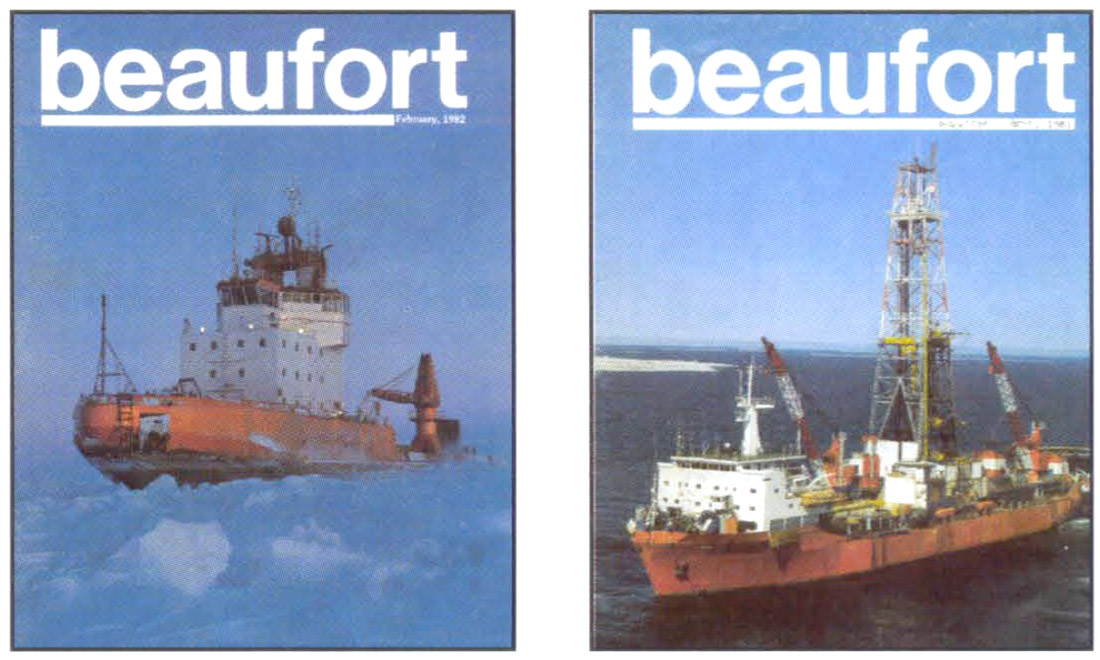It's a pleasure to serve as Assistant Director of Education for the CSEG in 2002. The primary responsibility is to arrange the monthly Technical Luncheons. Several committees, such as Continuing Education, Outreach, and Scholarship also report through that executive director. I'd like to congratulate the Continuing Education Committee for their initiation of the first annual Doodle Train week, from Nov 4th to Nov 7th 2002. The courses provide a wide variety of technical subjects with participation by members as instructors, and utilise rooms and venues donated by industry sponsors. A special CSEG Keynote Luncheon, presented by Sven Treitel, will kick off the Doodle Train Week on November 4th.
That Keynote address will provide a perspective on a half century of advances in imaging the subsurface through signa l deconvolution and related digital processing techniques. Concurrently, other segments of our industry provided improvements related to field acquisition, many in novel environments. The attached images highlight two areas, outlined below, where geophysicists have met and will continue to meet new challenges.
The Arctic: The Beaufort images are from 1981 and 1982 and show the icebreaker Canmar Kigoriak breaking ice, and the drill ship Canmar Explorer III in the Beaufort Sea. The images are from covers from the magazine Beaufort published by Dome Petroleum, Esso Resources Canada, and Gulf Canada Resources . The return of active exploration to the Arctic will mean new challenges and the inevitable need for continued training for our members.

Oil Sands: The (cover) image of the ladder is a snapshot I took on the CSPG 2002 Field Trip - Athabasca Oil Sands (Instructors: Mike Ranger and Murray Gingras). The Oil Sands are showing continued growth as an active area for resource development. Recent advancements in high frequency 3C sensors are very timely for meeting associated imaging challenges for exploration, horizon tal well location, 3D/3C reservoir characterisation, and 4D monitoring. Geophysicists will continue their participation in training as they "ladder up" to keep pace with those technological advancements.
The CSEG will assist members with their training by encouraging a high involvement of our members as instructors and as participants in courses and conventions, and through the expanded articles in Recorder issues.











Share This Column